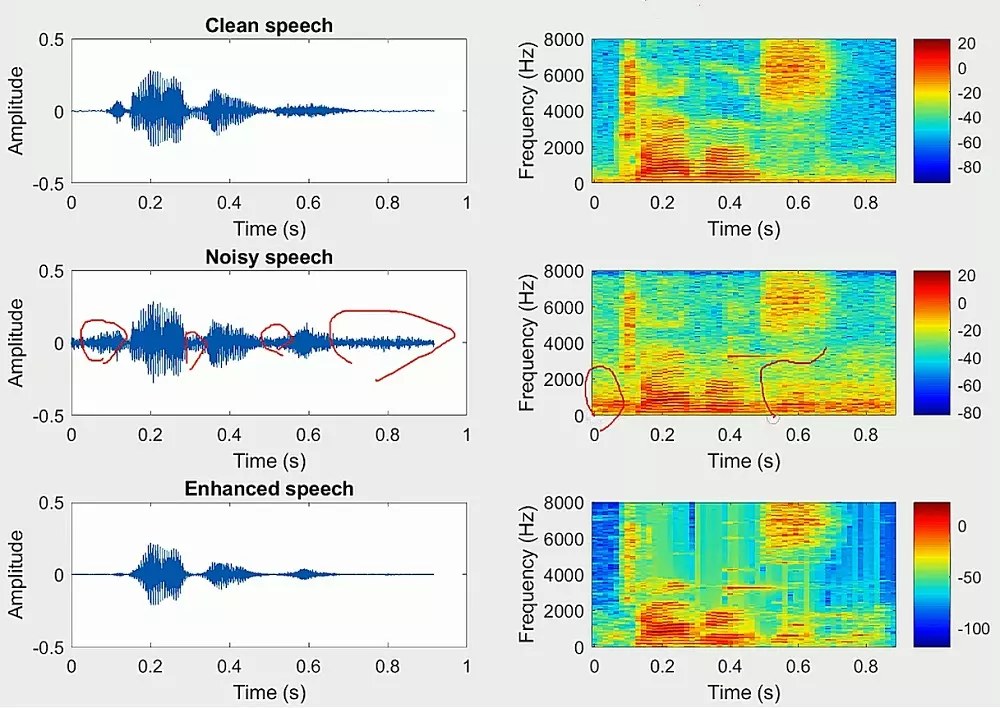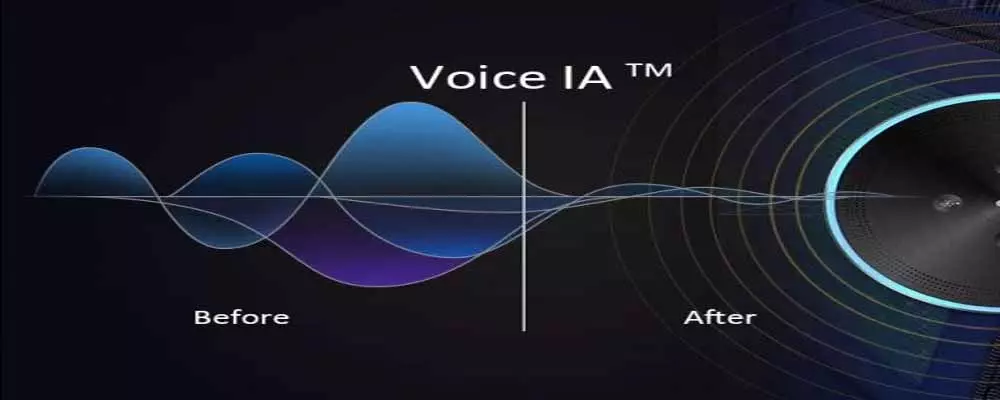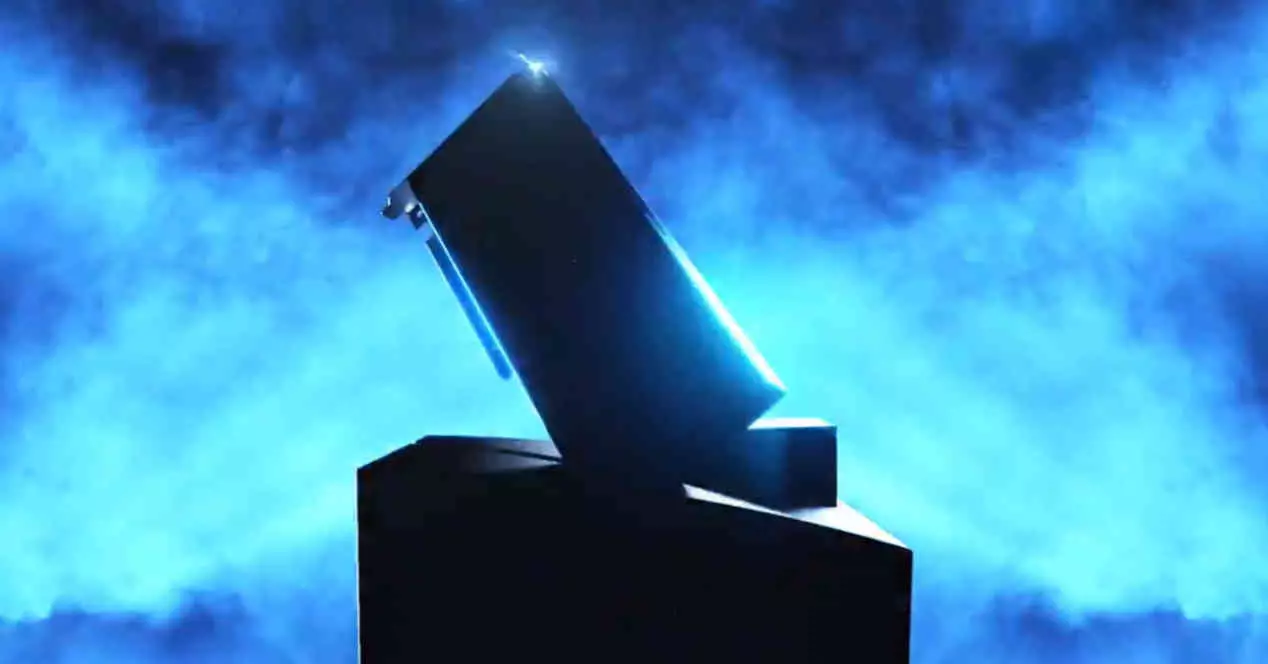
The active noise cancellation in a microphone it works, in general terms, by introducing one or more additional microphones that, when detecting background noise or distant sounds, produce an equal and inverse sound to cancel the first.
This technique is expensive in terms of the materials used and the electronics to carry it out, so introducing a simple Artificial Intelligence algorithm that does all the work is, without a doubt, something very profitable since we are talking about software and not hardware. in the end. Just like we see document understanding AI, this technology has many applications like noise cancellation.
This is how software noise cancellation works
Leaving aside the active noise cancellation by hardware, which to this day is still the most effective, we can also find various systems that use software algorithms to produce the same effect (although as we have already said, they are not as effective) .
Traditional noise removal is done with filters
Most denoising algorithms are subtractive, that is, they identify certain frequencies that have the highest levels of background noise and remove those frequencies from the original signal. The problem with this method is that static filters are used (known as low-pass, high-pass and band-pass), designed with specific parameters that can eliminate sounds that should not be removed, or may not remove. all the background noise.
To give you an idea, in the following image you can see how a Wiener noise reduction algorithm works; in the first graph we have only the voice of the interlocutor, completely clean, while in the second we have the same but with background noise, where it can be clearly seen that the wave is “dirty”. In the third graph, we have the result after applying the filter, which has eliminated the frequencies for which it is programmed.
However, we can see in the graphs on the right that many nuances have been lost with respect to the original clean phrase. Therefore, these types of filters are only effective when the background noise is determined and always the same, but they are tremendously ineffective in situations where the background noise varies and can create unwanted effects like the ones we have reviewed. A while ago.
How Artificial Intelligence improves noise cancellation
As you already know, Artificial Intelligence also needs to have a kind of database on which to base itself in order, in this case, to know how to identify what is noise that it must suppress and what is “good” sound that it must let pass. This, as in all AI algorithms, is done by learning (Machine learning), or put another way, AI must have a basis on which to base its decisions.
But before establishing the dataset to base it on, it is important to consider the use case of the model, in this case noise suppression. For example, when training a noise reduction algorithm that would be applied to the microphone signals of a helicopter pilot, it makes more sense to train the neural network with audio samples distorted by variations in the sounds produced by the engine of the helicopter. helicopter. However, for a more generic noise suppression model it makes more sense to train the network with samples of more everyday background sounds, such as background conversations, fan noise, dog barking, traffic noise, music, etc. .
The biggest difference between noise reduction using Artificial Intelligence and noise reduction simply by software is that in the latter, the “model” used are completely static, fixed filters, while using AI these filters are completely modifiable since that’s what the AI is for, to interpret what it has to suppress and what not based on that previous training.
For this reason, noise reduction through Artificial Intelligence such as RTX Voice o The technology that Microsoft is implementing in Teams is much more efficient and effective for everyday use, since it does not make use of fixed filters and that, in reality, they only serve to mitigate one type of background noise.






